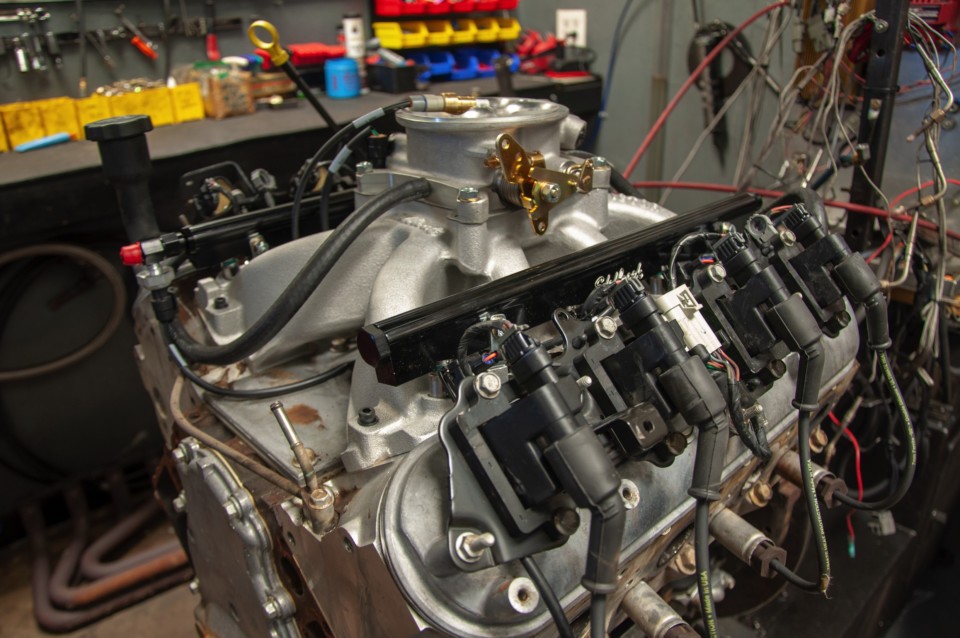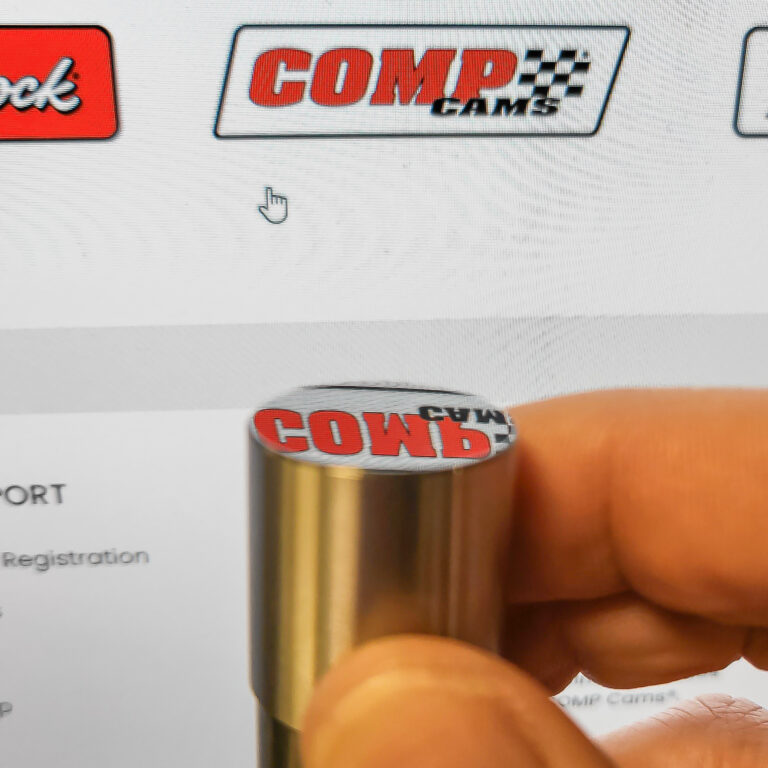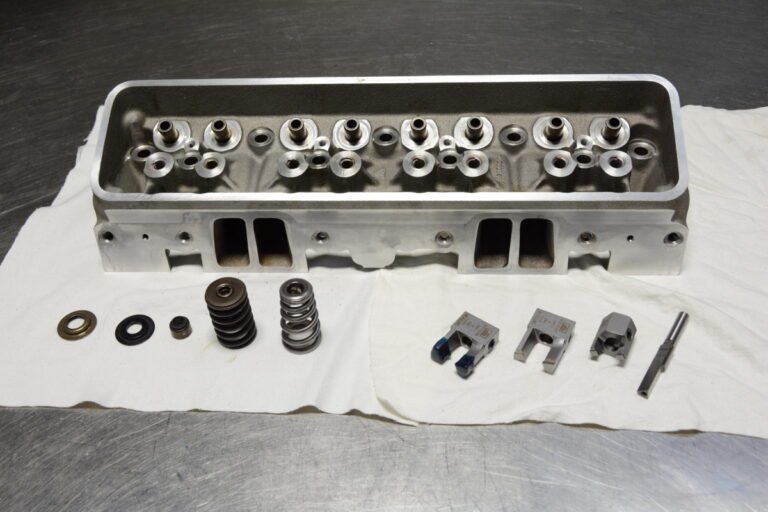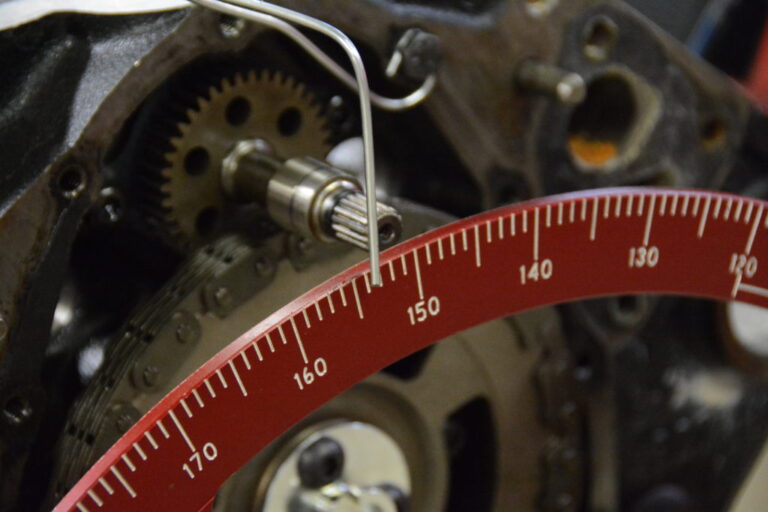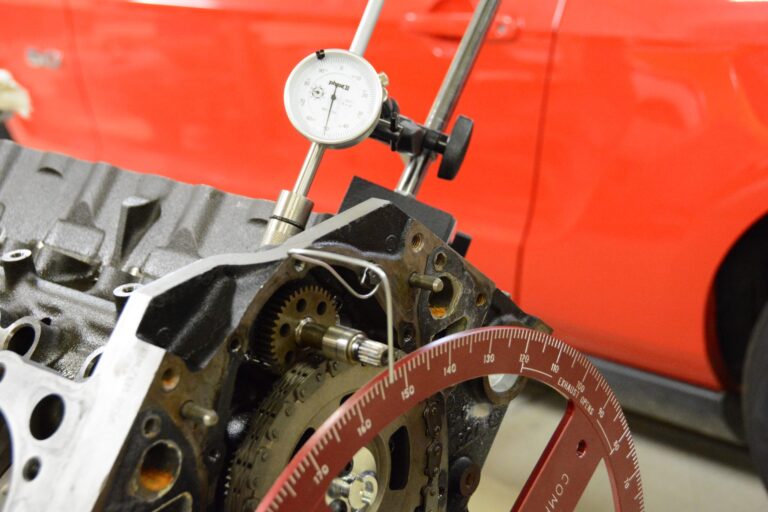Ed note: We are planning a series of articles on electronic fuel injection (EFI), discussing a variety of subjects. Hopefully, we’ll take some guesswork out of the equation, dispel some myths, and help give enthusiasts the information needed to make educated decisions.
Electronic fuel injection is one of the biggest hot-button items among automotive hobbyists on any social media forum. It has been that way for a while and shows no signs of slowing down. There are debates on EFI versus carburetors, why one system is better than the other, and how to install a system properly. Even though EFI has been around quite a while, there are still a lot of questions, especially if you haven’t worked with it before. There is a lot of information from many different sources; it can get overwhelming.
This article is aimed at helping you research EFI and develop a general understanding. Whether you are thinking about purchasing an EFI system or setting one up, some standard parameters to consider will remove the fear of buying and help the installation go smoothly. We enlisted the help of Edelbrock Tech Office Manager Dallas Moss and Tech Consultant Matthew Williams to help with some common questions and troubleshooting issues they often see on the helpline. These guys are not only on the frontline answering questions daily, but they are also car enthusiasts themselves, so they have real-world experience too. Let’s get to it!
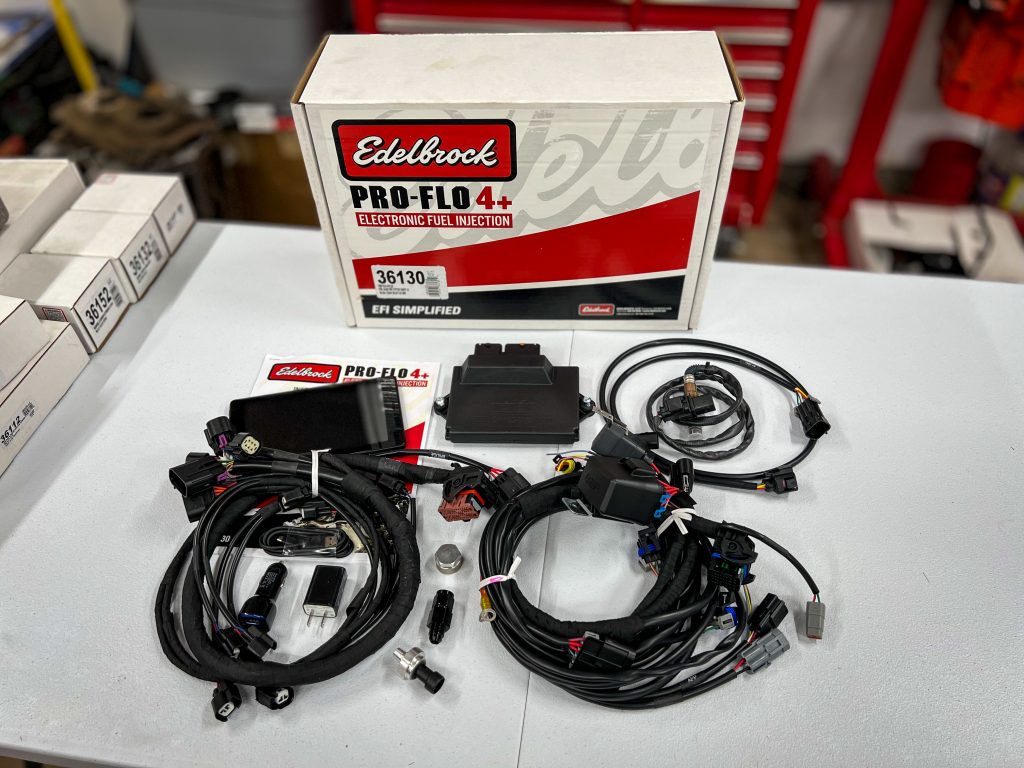
Question #1 – What EFI system is right for me?
This is not a tricky question, but sometimes it can be surprisingly challenging to get folks to understand what system they need. Dallas says that people see their favorite driver running a particular design and think, “if it’s good enough for them, then it’s good enough for me.” The problem is that their favorite driver has a 1500-horsepower Pro Mod with a sophisticated fuel delivery system while they are running a stock small-block 350. The needs and goals are entirely different.
In cases like this, “bigger” is not always better. The beauty of many EFI systems is their ease of use. Unless your daily full-time job is as a car tuner, it is not wise to go with a laptop-tuned setup. You will spend more time trying to learn the system than enjoying your car.

Also, when building a system, engineers account for “most likely” scenarios. A system designed for drag racing isn’t going to work as well in a stop-and-go street driving situation, even if it has learning capabilities incorporated into it. The same goes for a system like the Pro-Flo 4 programmed for street driving; although it will work well at wide-open throttle, it is not designed to be there every time it is fired up.
Edelbrock offers two different systems designed for street (and occasional strip) use: Pro-Flo 4 and Pro-Flo 4+. Both products are multi-port injections, don’t require a laptop, and have self-learning capabilities. They also can be tuned using your smartphone or tablet and come with just about everything you need except the fuel delivery and ignition source. The significant difference between the two is that the Pro-Flo 4+ is designed for late-model engines with drive-by-wire and variable camshaft timing (VCT). If you are running an engine with either of those variables, then the 4+ is for you.
Question #2 – Should I go with a throttle-body injection or a multi-port injection?
Dallas says they get people asking quite a bit about throttle-body injection versus multi-port injection — mainly from people who already have an intake with a carburetor installed. Throttle-body injection acts much like a carburetor in that the fuel is delivered in the same location as a carb. The fuel then disperses throughout the manifold; essentially, it can go in any direction.
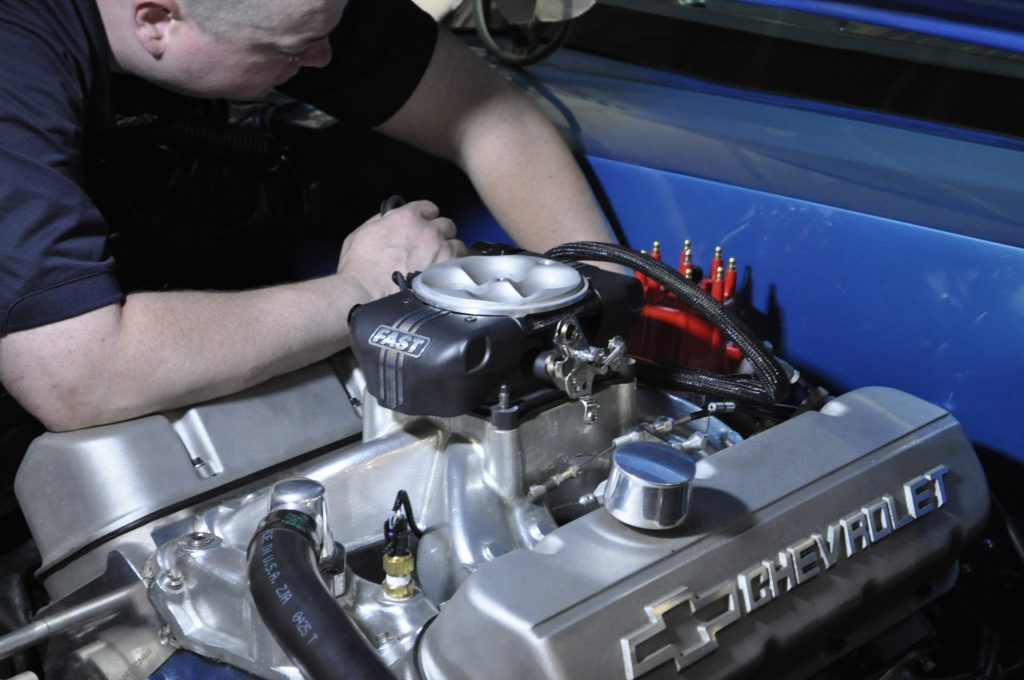
Meanwhile, multi-port injection (or rail injection) moves each injector down into the intake runners leading to each chamber. The injector atomizes the fuel when each individual spark plug is getting ready to fire, so it’s a much more precise delivery. Of course, there is also direct injection on some OE models where the injector is right at the top of the chamber, but that technology is expensive to retrofit on older engines.
Matthew says this could almost be construed as a trick question. It requires some clarification on what the customer already has at their disposal. “My answer is based on the customer’s existing build,” he says. “If they are just now putting the engine together and asking this question, it’s a no-brainer. Hands down, multi-port is the most efficient and best way to go. However, if they already have a built engine with a 4150-style intake and money is a concern, then throttle-body injection is a good alternative. It’s not better, but for the most part, it isn’t significant enough of a difference to make the switch.”

Question #3 – What type of fuel delivery do I need for EFI? Do I need a return line?
The answer to this one is easy, but there are some caveats. You need a modern fuel supply capable of providing a consistent 43 to 58 pounds of pressure. Although you can run either an in-tank or in-line pump, Matthew stresses the word “consistent.” He says they strongly suggest using a high-quality in-tank pump as they generally perform more consistently.

Dallas notes that in-line pumps are more susceptible to pressure drop because they pull and push the fuel. Not only do they have to work harder, but a piece of trash in the filter can affect the flow enough to cause issues. Atmospheric conditions such as overheating can also cause cavitation dropping the pressure significantly. If the flow is inconsistent, the computer could cause some weird drivability issues as it tries to compensate for the loss in pressure.
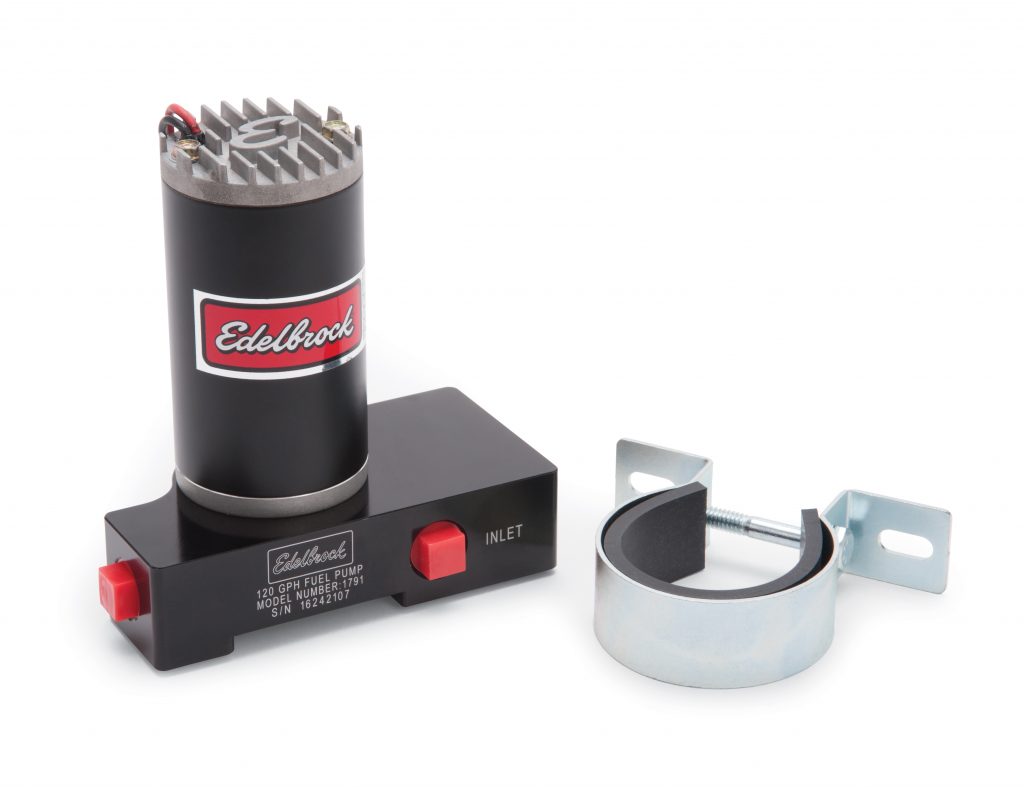
As for a return line, again, Dallas says though it is not a requirement in all applications, it is best to use one — especially if you are using an in-line pump. The cooler you can keep the pump running, the longer it’s going to run and the happier it will be. A cooler pump is going to be more consistent. Remember, consistency is vital when it comes to fuel delivery. The more you can do to ensure consistent pressure; the happier your EFI will be!
However, if you have an existing setup and don’t want to reengineer everything, Edelbrock makes a Universal EFI Fuel Sump. It is designed to provide the necessary high fuel pressure required for EFI applications in vehicles equipped with an existing low-pressure carbureted fuel system. This Universal Fuel Sump is a self-contained high-pressure fuel pump/sump unit that can be easily installed under the hood. The unique design of this Fuel Sump allows it to deliver constant fuel pressure with no fuel return line, external fuel pressure regulator, or fuel tank modifications. The Edelbrock Universal Fuel Sump is compatible with the existing factory fuel tank and pump and is ideal for use with aftermarket EFI systems as well as many popular engine swap applications that require constant 35-90 PSI fuel pressure.
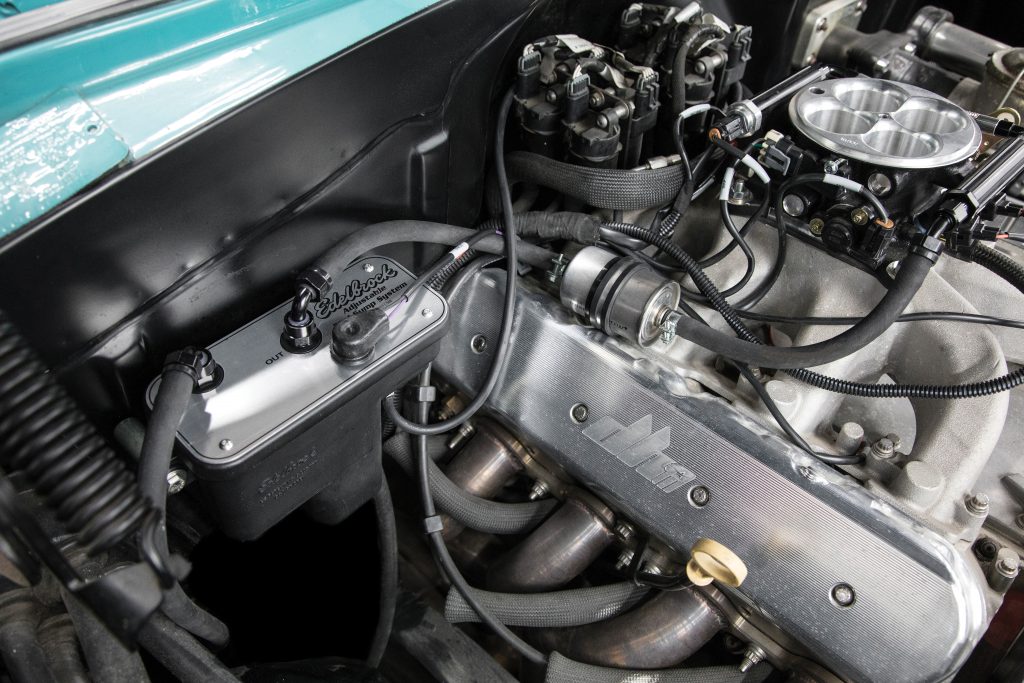
Question #4 – What ignition should I run with EFI?
Dallas says that depending on the ECU you are running, it may require a more modernized ignition system like a capacitive discharge box is what they recommend. “Is it a requirement?” he asks. “No, but it’s better to eliminate variables, if at all possible. The fewer chances for issues, the better.” He recommends a CD box, especially for EFI systems that don’t control timing, because you can use that digital output of the tach from the ignition box to go directly into the RPM feed for the ECU.
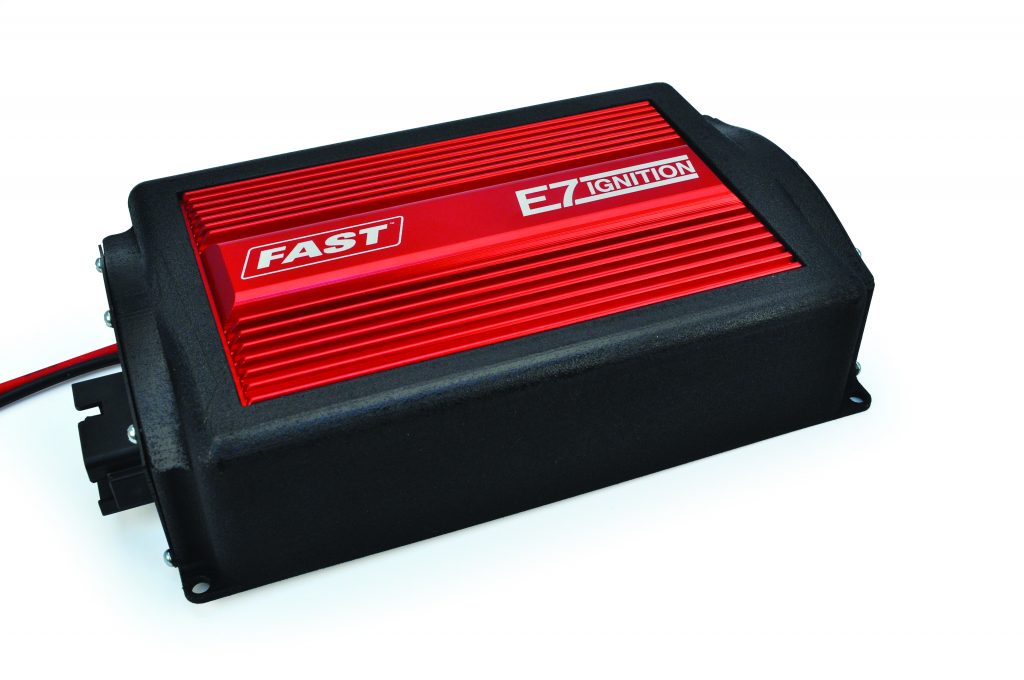
Question #5 – How does EFI change the drivability?
Many people just buy a carburetor, toss it on there, and it works just fine. However, if you are driving in varying conditions, EFI is almost always going to be better for drivability. Granted, you can tweak a carburetor for a given situation, but it will not change on the fly. EFI is going to learn. “It’s going to learn a way to make the car not buck, it’s going to make the car easier to start . . . just hit the key, and it fires right up like a modern car.”
Throttle response is another factor that surprises many people. Ask anyone who has made the switch to EFI, and chances are they will be astounded with the newfound, almost instantaneous throttle response.
Conclusion
As you may have noticed, the answers to some of the most common questions often depend on other factors. A question sparks other questions that must be answered first. That may factor into the end user’s frustrations, which you may see played out on the internet from time to time. Knowing your system and talking to the right people will lead you toward a happy EFI system, which will make you happy.
While EFI could be considered “smarter” than a carburetor because of its computer and learning abilities, it can be a little more finicky in the setup. The key is to consider all of the factors with the most benefits that fit your needs before making a purchase. Do not liken an EFI system to a cell phone where you buy the newest one because it has the most technology. Instead, think of an EFI system more like a custom-tailored suit made to fit only your needs.
Though we only touched on a small cross-section of common EFI questions, we hope maybe you learned a little something in the process. Stay tuned as we’ll be taking some deeper dives into EFI, continuing to peel back the onion layers using the experts in the know.

